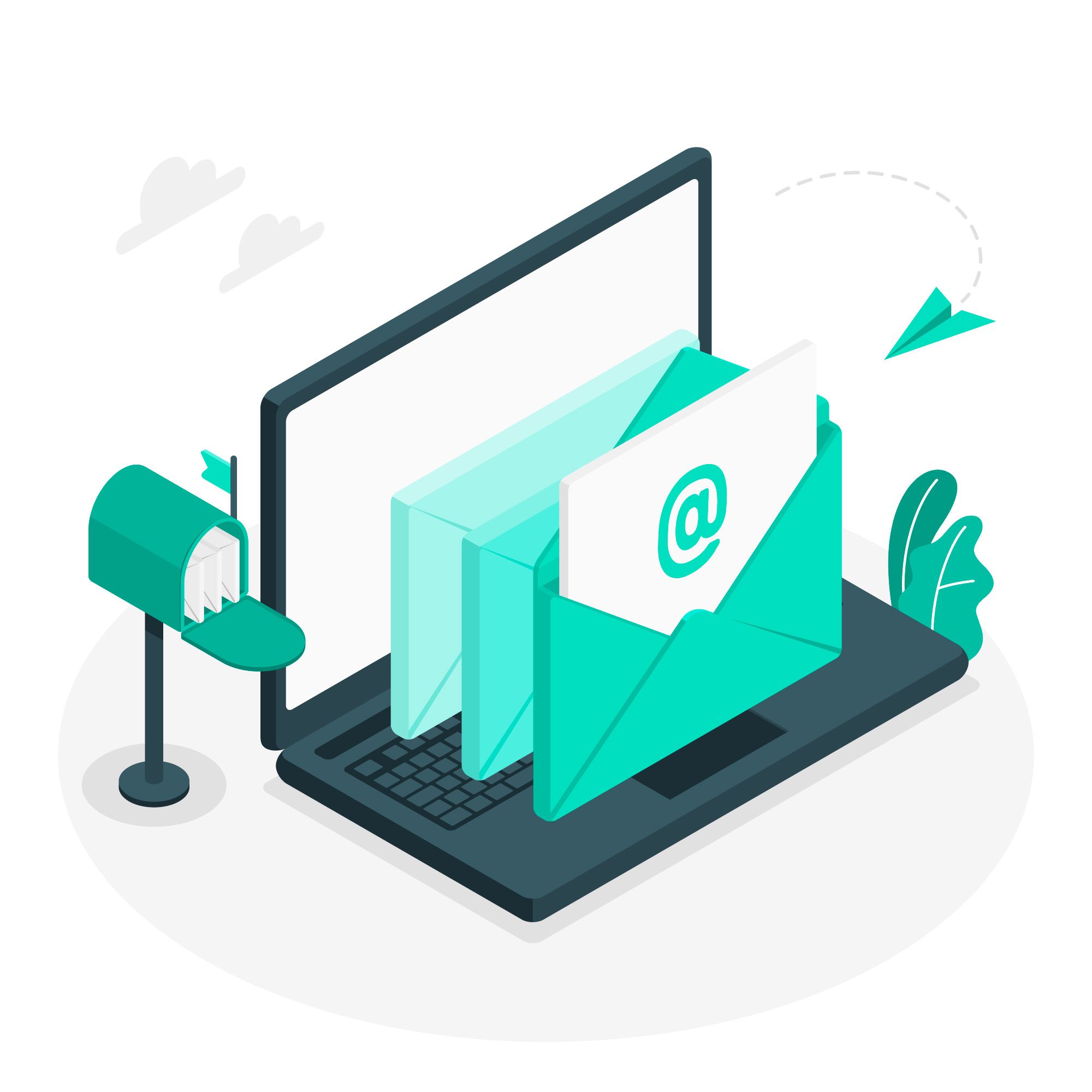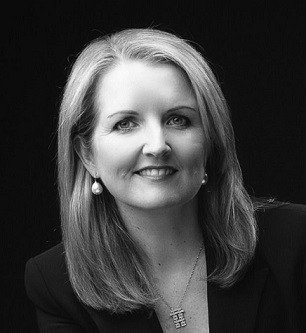Who Controls Your Day? Mastering Email Overload

Vector image is from freepik.com by @storyset
Do you remember the memo?
How you answer that question is likely age-dependent. For the uninitiated, the memo was a communication process that has mostly left the workplace. You’d write your message, and everyone who needed to receive a copy would be listed at the top of the page. It was printed out, and each respondent’s name was highlighted. It was then put in the internal mail system and hand-delivered by the mail person.
Once you received your copy, you’d typically have a few days to think about your response. If the issue was urgent, you’d call them, but otherwise, you’d type up the answer, print it out, and put it back into the internal mail system.
Yes, it was a slower process, and the turnaround time would feel like a lifetime in today’s working world. But it gave you the benefit of time to think.
Now everything’s instantaneous. People expect emails to be responded to by the end of the day, at best or worst, within an hour.
When email was first introduced, it felt liberating. I still remember thinking how awesome it was and how it was going to make everything so much more productive. Sadly, that hasn’t turned out to be the case.
Productivity is falling
As the Author Gretchen Rubin laments, “Technology is a good servant but a bad master“.
Many of us have become addicted to emails, with our day controlled by the email inbox. As finance expert Alan Kohler explains in this recent news item, it’s killing our productivity. I found the statistic he shared about the volume of emails produced each day surprising and also unsurprising. According to the research he shared, 350 billion emails are landing in inboxes daily, which equates to about 70 emails per adult across the globe each day.
That’s an enormous figure, and yet, I suspect you’re likely thinking, ‘Yep, that’s about how many I receive’ (or you may receive more).
Emails are helpful, but they’ve also become a crutch for bad workplace habits.
Challenge the bad habits
People email rather than step into the challenging conversation.
People email to get the issue off their desk and onto someone else’s desk.
People email to diffuse accountability and avoid decision-making.
People email because it feels faster than an alternative communication approach.
People email outside of working hours in an attempt to show people how busy they are.
That list is certainly not exhaustive, and I am sure you could add to it. What do you think is missing?
Discover: An Email Nuance Not to Miss: Checking vs Processing
Own your role
Emails play a role in our professional and personal life, so you want to challenge the role they play for you.
Ask yourself:
- Does this need to be an email, or would I get a better and more effective outcome if I picked up the phone and called?
- If I am sending an email, is the intent clear as to why I am sending it and what I need from the recipient/s?
- Does each person on the list really need to be a recipient, or am I butt-covering somehow?
- Is the tone of the email clear, or could it be open to misinterpretation?
- Am I engaging in an email war with a colleague, and will this inflame the issue?
Avoid the overload
Avoiding email overload takes discipline, practice and agreed ways of working.
As a team, talk about when email is the appropriate communication method and when other tools or face-to-face conversations are more effective.
Additionally, it can help to set protocols for emailing. Some organisations have specific standards and have adopted email-free days or email-free time periods.
Other organisations are explicit about how to handle emails outside standard working hours. For example, using reminders in the signature block [“Note: I work flexibly, and so this email has been sent at a time that works for me. XX company supports flexible working practices, so please respond to this email during your standard working hours“].
Others have system-administered rules about emailing outside a person’s working hours. For example, if you try to email outside the person’s standard working hours, you get a system-generated prompt asking you – “Do you want to send this message outside the recipient’s standard working hours?”.
Don’t be a slave to the email ding or message alert. Switch messaging alerts off so you can control when and how you engage with email.
As well, consider the following:
- When composing emails, prioritise clarity and brevity. Clearly state the purpose of the email and the desired action to avoid confusion and unnecessary back-and-forth. If you find it hard, apply appropriate email templates.
- Have a clear subject heading so recipients can prioritise and categorise emails effectively.
- Only send the email to people who need it, and avoid cc’ing multiple people.
- Where possible, only touch an email once. This means, when it comes into your inbox, decide which ones can get actioned immediately and which ones need more thought.
- Don’t send an email when you are stressed and in ‘reaction mode’.
- Consider when to reply, forward, and loop in specific team members to prevent unnecessary looping in emails and email traffic jams.
Read more: How to Train and Retrain Demanding Clients
Set a quiet zone
When you want to do deep, thoughtful work, you need space and time to think and reflect. It’s challenging to do that when you jump back and forth between the task and responding to emails.
Constantly checking emails disrupts workflow, effectiveness and productivity.
It helps to time block your day and set aside dedicated time to respond to emails. Outside of those times, don’t look at your email.
I’ve seen people with messages at the bottom of their email signatures advising that they have a ‘quiet inbox’ and only check their emails in the morning and afternoon. While that approach may not suit all roles or workplaces, determine what works for you.
Inbox Zero isn’t a magic pill
There is a sense of relief when you have zero emails in your inbox, and many productivity experts recommend striving for this.
The Inbox Zero approach involves regularly processing emails and taking action on them (i.e. responding, filing, or deleting) to maintain a clean and organised inbox. Experts suggest creating folders and labels to categorise and organise emails based on projects, clients, or urgency. However, this approach isn’t a magic pill, particularly when getting to ‘zero’ becomes the main objective of your working day.
At the start of each day, get specific as to where you need to focus and direct your energy. Do the most important thing first when you are fresh, and your brain is at optimal capacity. Check and respond to emails at a time that matches the style of thinking and energy required.
You want to control your working day, not let other elements and technology control your working day.
This was first published on michellegibbings.com
This article is also available in Chinese.
Edited by: Kiran Tuljaram
Functional
Michelle Gibbings is a workplace expert and the award-winning author of three books. Her latest book is 'Bad Boss: What to do if you work for one, manage one or are one'. www.michellegibbings.com.





